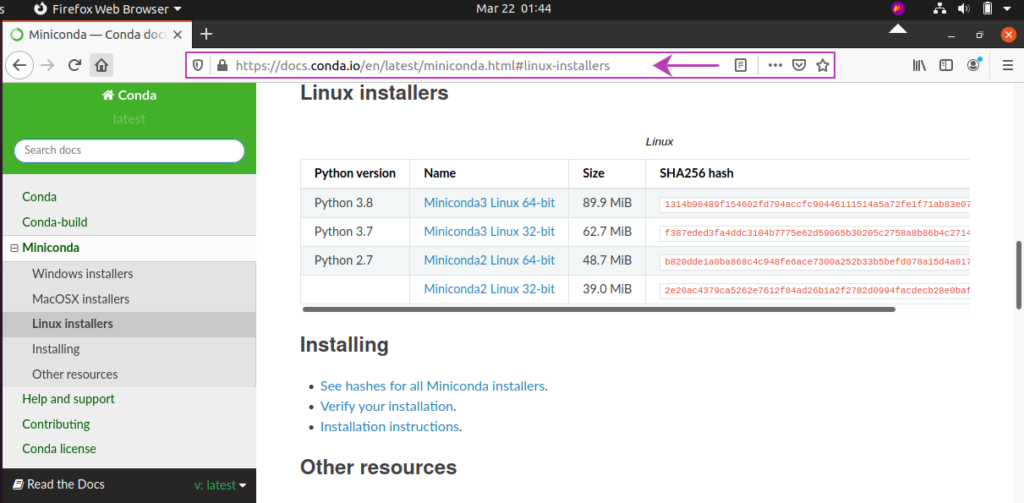
The current download size sits at around 600MB and will take up over 2GB of disk space once installed. My main criticism with the Anaconda distribution is the amount of excess software and Python packages that are installed onto your system. While installing the Anaconda distribution is a valid way to get started, I believe there is a better approach. Installing this distribution with the default settings should allow you to quickly get started doing data science work in Python. Common Data Science SetupĬurrently, the standard advice for someone who desires to get their system set up to data science in Python is to download and install the Anaconda distribution provided by a company with the same name. Take my free Intro to Pandas course to begin your journey mastering data analysis with Python. You’ll have a single, robust environment which minimizes dependency issues by relying on the conda-forge channelīegin Mastering Data Science Now for Free!.Conda is installed to manage packages and environments.Python is installed with only the most common and useful packages for data science.
By the end of the tutorial, your system will be set up such that: Then submit this job by entering sbatch job.slurm on login-hpc.In this tutorial, I will describe a process for setting up a lean and robust Python data science environment on your system. Put the following content into a file, named for example job.slurm #!/bin/shĬonda activate /home/user1/.conda/envs/my_env Here, we delete an environment called my_env: conda env remove -name my_envĬonda env remove -p /workspace/my_folder Job example Deactivate your environment conda deactivate Delete an environment The asterisk in front of one of the listed environments indicates which one is currently in use. Packages will be installed by default into /home/$USER/.conda/envs/r_env/lib/R/library List your environments conda env list

Install.packages("package_name", dependencies=TRUE) To do this, you must first install R there, then the packages: conda install -c r r r-essentials You can also install the R packages you want in your Miniconda environment. # if you created it with the prefix option:Ĭonda activate /workspace/your_group_name Add a package conda install package_name Install R packages To do so, you should install it in your shared directory in /workspace/your_group_name: conda create python=3.7 -prefix /workspace/your_group_name Activate your environment # if you gave a name to your environment: For instance, you can share an environment with the other users of your project. You can also install it in another directory. The environments you create are added to the /home/$USER/.conda/envs folder.

(here 3.7): conda create -name my_env python=3.7 Giving it a name (here my_env) and choosing its Python version To use the miniconda commands, you must first load the miniconda module on the login node: module load miniconda Create the environment


 0 kommentar(er)
0 kommentar(er)
